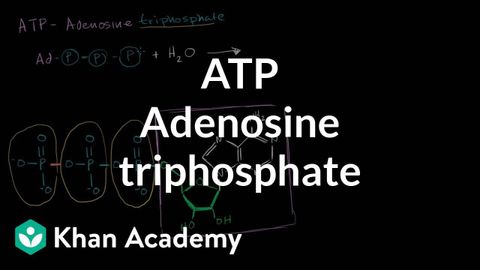
字幕と単語
ATP.アデノシン三リン酸|エネルギーと酵素|生物学|カーンアカデミー (ATP: Adenosine triphosphate | Energy and enzymes | Biology | Khan Academy)
00
ben が 2021 年 01 月 14 日 に投稿保存
動画の中の単語
potential
US /pəˈtɛnʃəl/
・
UK /pəˈtenʃl/
- adj.可能性がある;潜在的な
- n. (u.)可能性
- n. (c./u.)可能性;潜在能力;候補者;ポテンシャル
A2 初級TOEIC
もっと見る エネルギーを使用
すべての単語を解除
発音・解説・フィルター機能を解除
